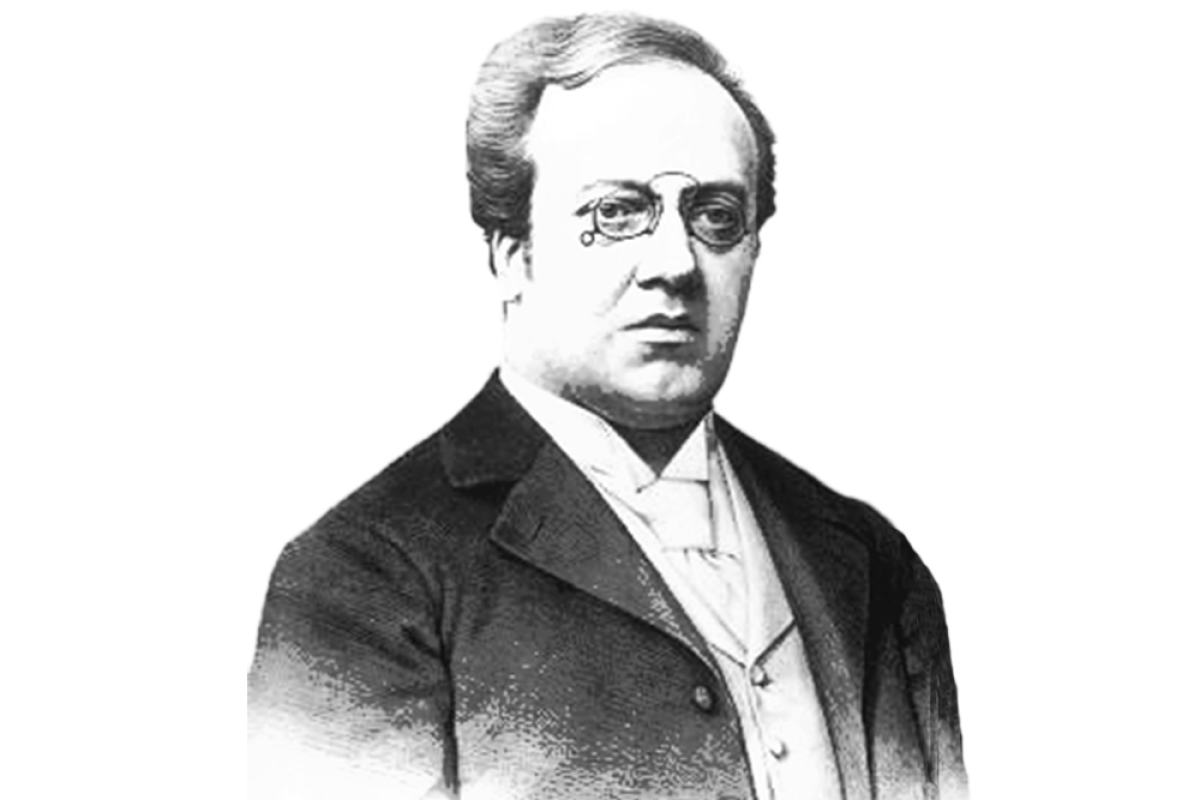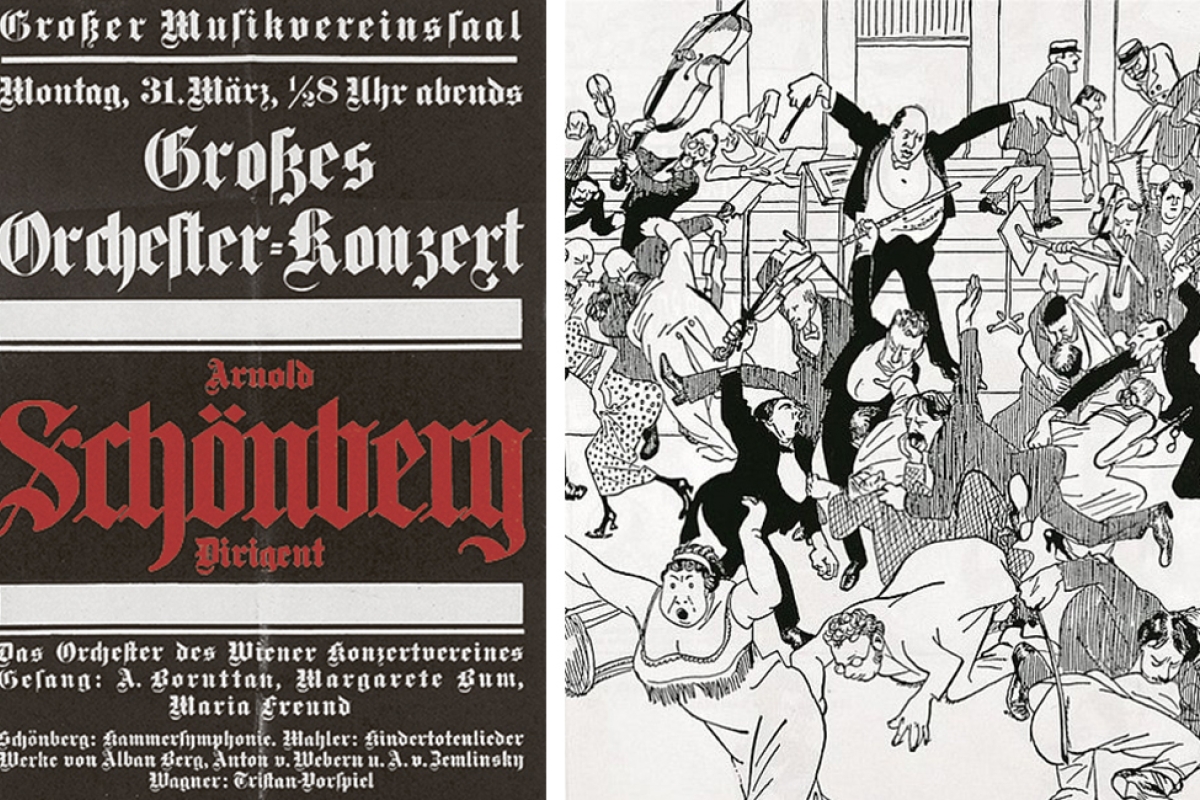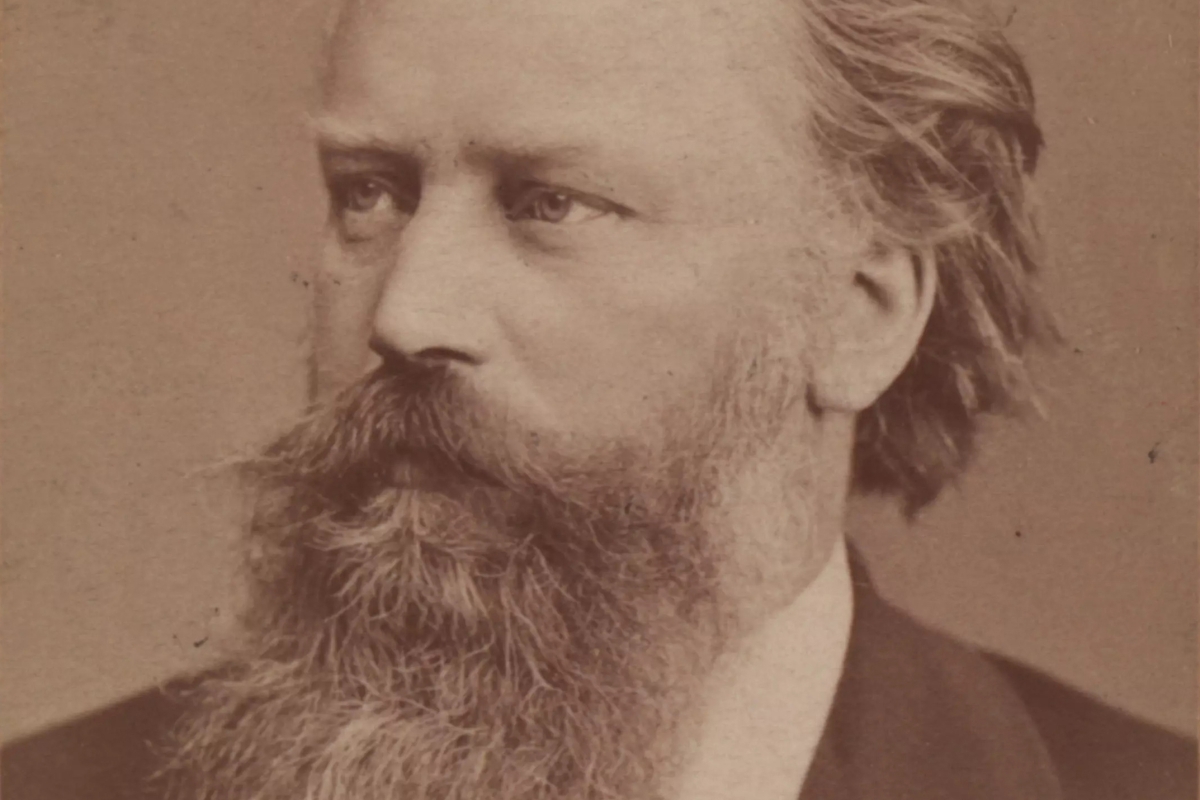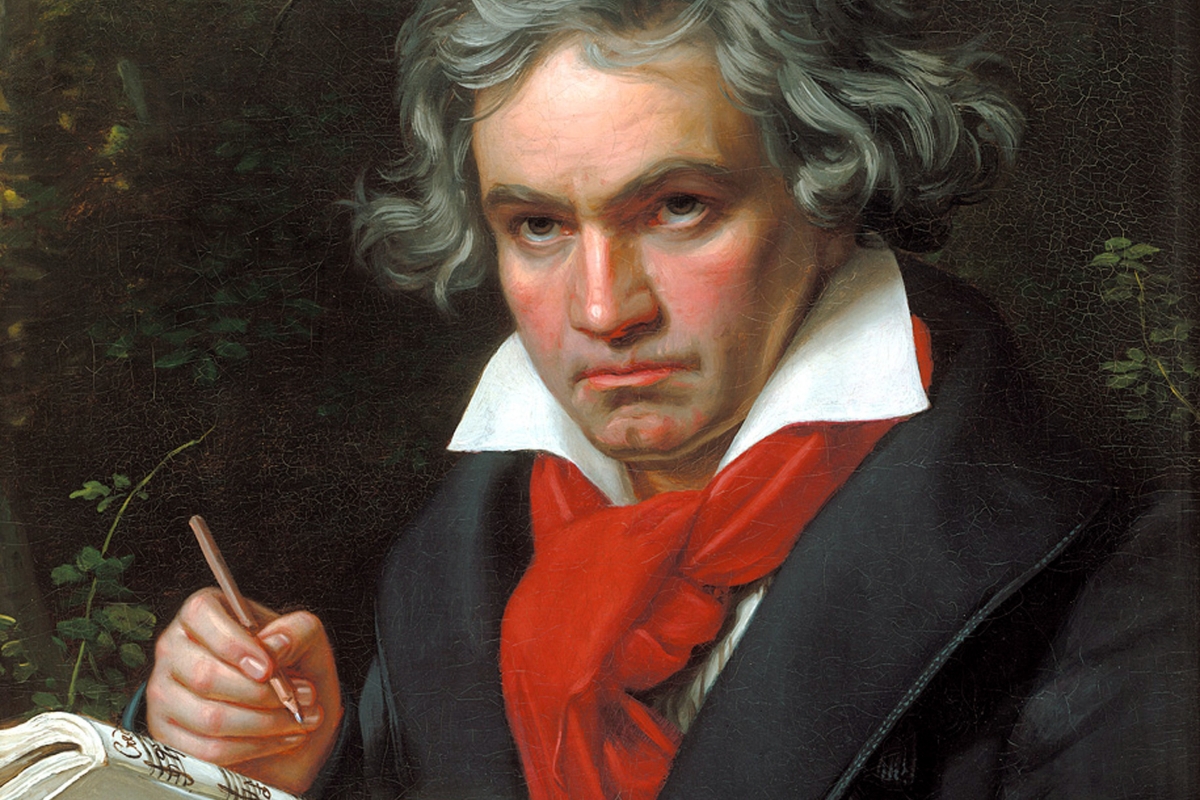The History of the Wiener Symphoniker
The History of the Wiener Symphoniker
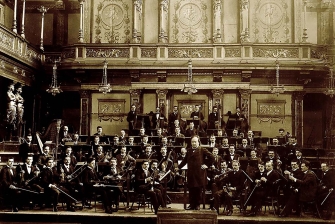
The Wiener Symphoniker were founded in 1900 under the name Wiener Concertverein in order to realise "the long-cherished wish for a permanent symphony orchestra that would make the enjoyment of serious symphonic music accessible to wider circles". According to the founding committee, the aim was to offer "good music performed as well as possible, but at the lowest possible price". In addition to a well-founded cultivation of the classical-romantic repertoire, contemporary music was finally to be given a chance in Vienna. On 30 October 1900, the new orchestra, born out of the spirit of Viennese modernism, made its official debut under Ferdinand Löwe in the Great Hall of the Vienna Musikverein.
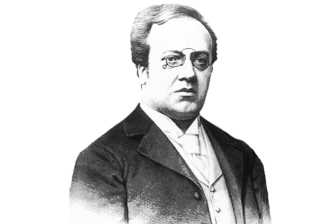
Ferdinand Löwe, erster Chefdirigent der Wiener Symphoniker
In its first decades, the orchestra premiered an impressive series of works which are nowadays naturally anchored in the repertoire: Anton Bruckner's Ninth Symphony, Arnold Schönberg's "Pelleas and Melisande" and his groundbreaking “Gurre-Lieder”, Maurice Ravel's Piano Concerto for the Left Hand, Alexander von Zemlinsky's "The Mermaid" and Franz Schmidt's "The Book with Seven Seals" - to name just a few. The orchestra wrote music history with bold, cutting-edge programs, among which the "Watschenkonzert" of March 31, 1913 is legendary: Arnold Schönberg conducted his own works and compositions by Zemlinsky, Webern, Berg and Mahler; the concert had to be cancelled in the middle of the performance in order to control the violent rioting in the audience.
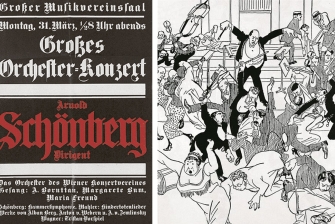
Plakat und Zeitungskarikatur zum legendären "Watschenkonzert" 1913.
Schönberg joins a long list of well-known composers who entrusted their works to the Wiener Symphoniker and who stepped themselves on the conductor’s desk: among others, Gustav Mahler, Richard Strauss, Anton von Webern and Franz Schreker were closely associated with the orchestra. The Wiener Symphoniker were also the first address in Vienna for international composers such as Claude Debussy or Béla Bartók, who repeatedly joined the orchestra as a pianist.
Repertoire maintenance and name changes
In addition to the commitment to contemporary music, the orchestra also set standards in cultivating the artistic heritage of the classics. Right in their first season 1900–01, they were the first Viennese orchestra to perform all of Beethoven's symphonies in a series of cyclical performances. And it was not only with Beethoven that the orchestra ensured the persistent cultivation of the symphonic repertoire which had been missing for so long. Under the direction of their first Music Director Ferdinand Löwe, they also worked tirelessly to permanently anchor Anton Bruckner and Johannes Brahms in the Viennese concert repertoire. "The history of the Wiener Konzertverein is also the history of reconciliation between conservative and progressive music Vienna", the influential Viennese music critic Richard Batka summed up the profile of the orchestra on February 19, 1915 in the Fremdenblatt.
The eventful history of the Wiener Symphoniker is also reflected in the numerous name changes in the first decades of their existence. In October 1900 the orchestra, which had appeared simply as the “Neues Philharmonisches Orchestra” a few months earlier, was founded officially under the name “Wiener Concertverein”. During the First World War, merging with the "Wiener Tonkünstlerorchester" was the only way to prevent the dissolution of the orchestra. At first they played while keeping both names, until in 1922 the administrations of both clubs were finally merged. From then on, the ensemble appeared as the “Wiener Sinfonie-Orchester” until it finally took on its name, which is still valid today, in 1933. At that time, the orchestra’s precarious financial situation was consolidated with the takeover of a large part of the orchestral services by RAVAG. But the national broadcasting company, already controlled by the corporate state, forced the re-establishment of the association and the including renegotiation of the contracts to the detriment of the musicians. This also led to a break with the Jewish violonist Hugo Gottesmann, who had had a decisive influence on the orchestra's artistic profile in the interwar period as long-time First Concertmaster and conductor.
Development work of the chief conductors
In the coming years, the Wiener Symphoniker and their new Music Director Oswald Kabasta celebrated their first international successes on concert tours to England and Italy. After the National Socialist’s takeover, they were municipalized which brought a significant increase in musician’s salaries - and probably also contributed to the general approval of the political regime among the members. The orchestra developed a lively concert activity in the years to come before it had to be shut down for a total of eight months in August 1944 - already considerably reduced in terms of personnel by calling up the front.
At the close of the Second World War, the orchestra was re-established under extremely difficult conditions. At the “Gala Concert for the Revitalisation of the Orchestra” on September 16, 1945, they played the Third Symphony by Gustav Mahler, whose music had been ostracized under the Nazi regime. The Music Directors Hans Swarowsky and Josef Krips were largely responsible for the post-1945 restructuring. Subsequent Music directors Herbert von Karajan (1948–1964) and Wolfgang Sawallisch (1960–1970) decisively shaped the sound of the orchestra. Following the brief return of Josef Krips, Carlo Maria Giulini and Gennady Rozhdestvensky held the position of Music Director, followed by Georges Prêtre from 1986 to 1991. Rafael Frühbeck de Burgos and Vladimir Fedoseyev then assumed leadership of the orchestra. Fabio Luisi assumed the position of Chief Conductor and Artistic Director at the start of the 2005–06 season, his successor in 2014–15 was Philippe Jordan. With the new Music Director Andrés Orozco-Estrada, the Wiener Symphoniker will start a new era in autumn 2020.
Establishing the venues
Leading lights such as Lorin Maazel, Zubin Mehta, Claudio Abbado, Carlos Kleiber and Sergiu Celibidache have also celebrated considerable successes as guest conductors on the podium of the Wiener Symphoniker. In addition to being featured on major symphonic series at the Musikverein and Konzerthaus, the Wiener Symphoniker present their own subscription concerts since the early 1980s along with their own chamber music series. A large number of high-quality CD recordings document the orchestra’s artistic legacy.
The Wiener Symphoniker have been the Orchestra in Residence at the Bregenzer Festspiele since 1946. The orchestra is not only responsible for opera productions by the lakeside and in the Festspielhaus, but is also regularly represented in several orchestral concerts on the festival program. Since 2006, the Wiener Symphoniker have also played for a number of opera productions at the Theater an der Wien, all of which serves to underscore the orchestra’s prominent position in the musical life of Vienna.
